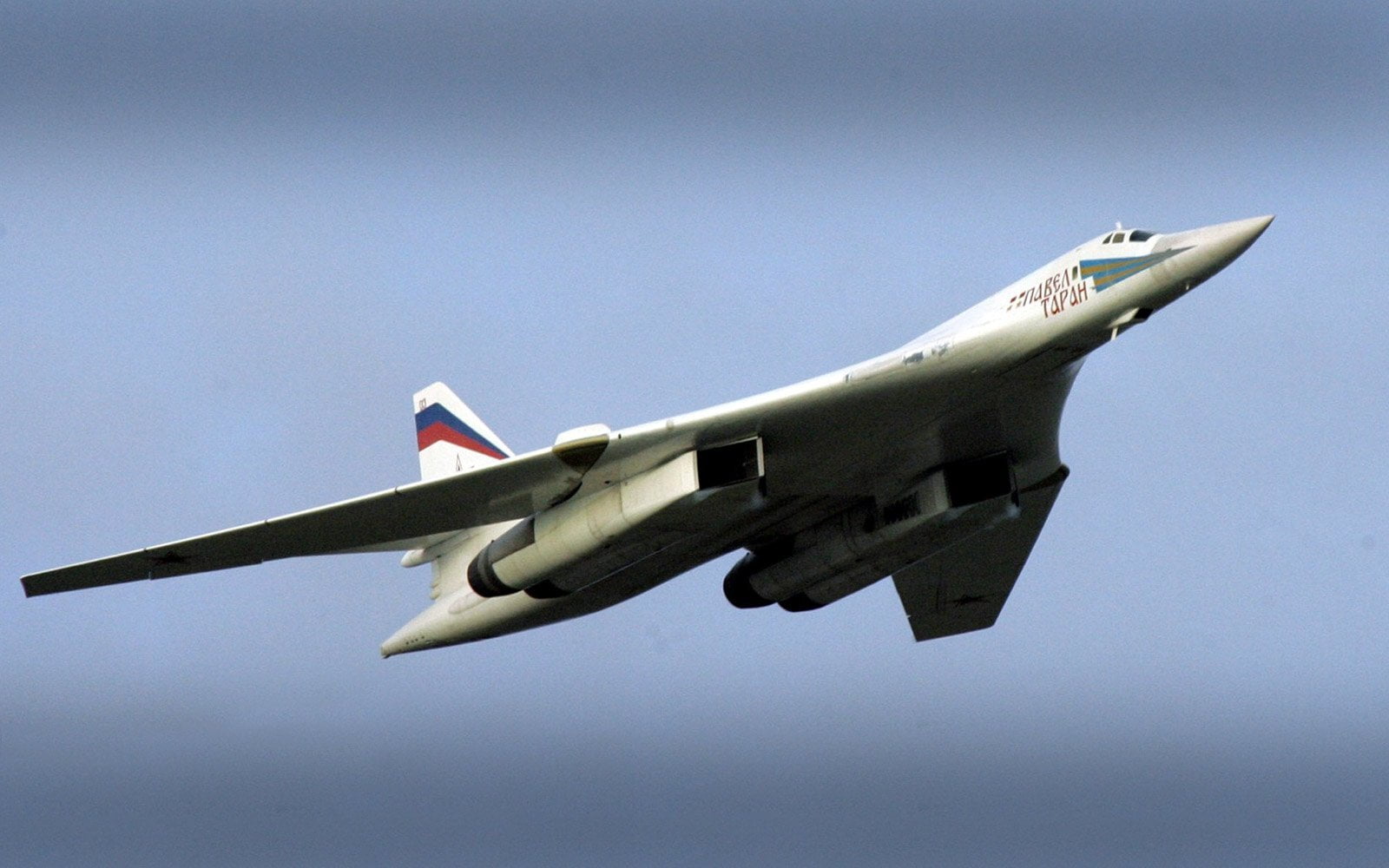The aphorism by Omar N. Bradley that “Airpower has become predominant, both as a deterrent to war, and-in the eventuality of war-as the devastating force to destroy an enemy’s potential and fatally undermine his will to wage war” has a lot of meaning for India because of its precarious geopolitical location with two hostile neighbours, China and Pakistan, on its eastern and western borders, respectively.
India is in the last stages of negotiations with Russia to buy six Tupolev Tu-160 strategic bombers. If this agreement is signed, it will fundamentally alter India’s safety and security.
Strategic bombers are only found in the air forces of the United States, Russia, and China. When the Tupolev Tu-60 strategic bombers, also known as White Swans, begin to join the Indian Air Force’s fleet, it will become the fourth air force in the world to be equipped with these deadly and destructive weapons. The Tupolev-Tu160 is known by the NATO codename Blackjack.
A medium to long-range aircraft called a “strategic bomber” is made to dump massive amounts of air-to-ground weapons on a far-off target in an enemy country in order to cripple and destroy the enemy’s ability to wage war.
A strategic bomber causes unprecedented levels of destruction to an enemy’s strategic assets by destroying logistical facilities, factories, cities, major infrastructure, and military installations, which is the primary distinction between fighter aircraft and strategic bombers. Fighter aircraft are used for air interdiction operations and limited ground destruction of enemy combatants.
The IAF is considering purchasing the White Swan for several reasons, including the fact that China has stationed its H-6K strategic bombers close to Indian borders. On November 11, 2021, the 72nd Raising Day of the Chinese air force, also known as the People’s Liberation Army Air Force, H-6Ks were first spotted close to the Indian border (PLAAF).
The PLAAF is the largest air force in the world in terms of strategic bombers, possessing 231 H-6 and 36 H-6K bombers.
The Russian Air Force has 135 Tu-22s, Tu-95s, and Tu-160s, while the US Air Force has 156 B-1, B-2, and B-52 strategic bombers.
India has undoubtedly taken the first baby step in obtaining six TU-160s to complement the massive strategic bomber fleet of the PLAAF.
Four people, including a pilot, co-pilot, bombardier, and defensive systems officer, operate the Tupolev Tu-160. The plane is 54.1 metres in length and 55.7 metres in width. Its operational range is 12,300 kilometres, and its top speed is 2,220 kilometres per hour. It features two internal weapon bays with a combined capacity of 45,000 kg.
Due to their size and wide Radar Cross Section (RCS), strategic bombers are extremely susceptible to airborne and air defence systems. The airbases located deep underground are typically where the strategic bombers are operated.
A nation takes tremendous pleasure in having a strategic bomber in its air force, and having one also serves as a psychological deterrence to potential enemies. A strategic bomber is expensive to maintain and operates with high technical complexity. As a result, very few countries own a strategic bomber. India is about to join the elite club of countries with a strategic bomber.
Giulio Douhet stated correctly that “it is necessary and sufficient to be in a position in case of conflict to capture the command of the air in order to ensure an effective national defence.”
